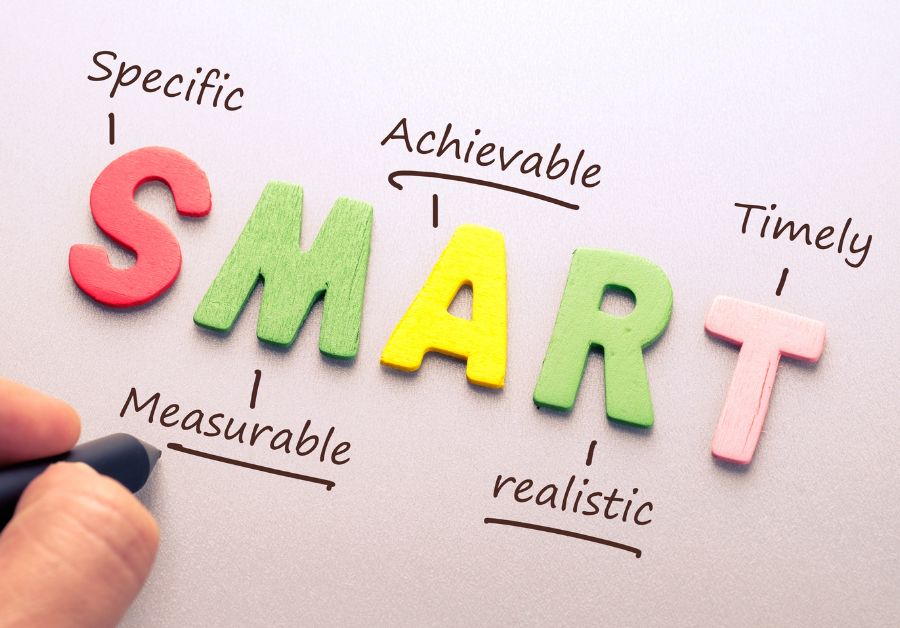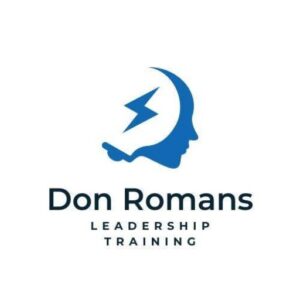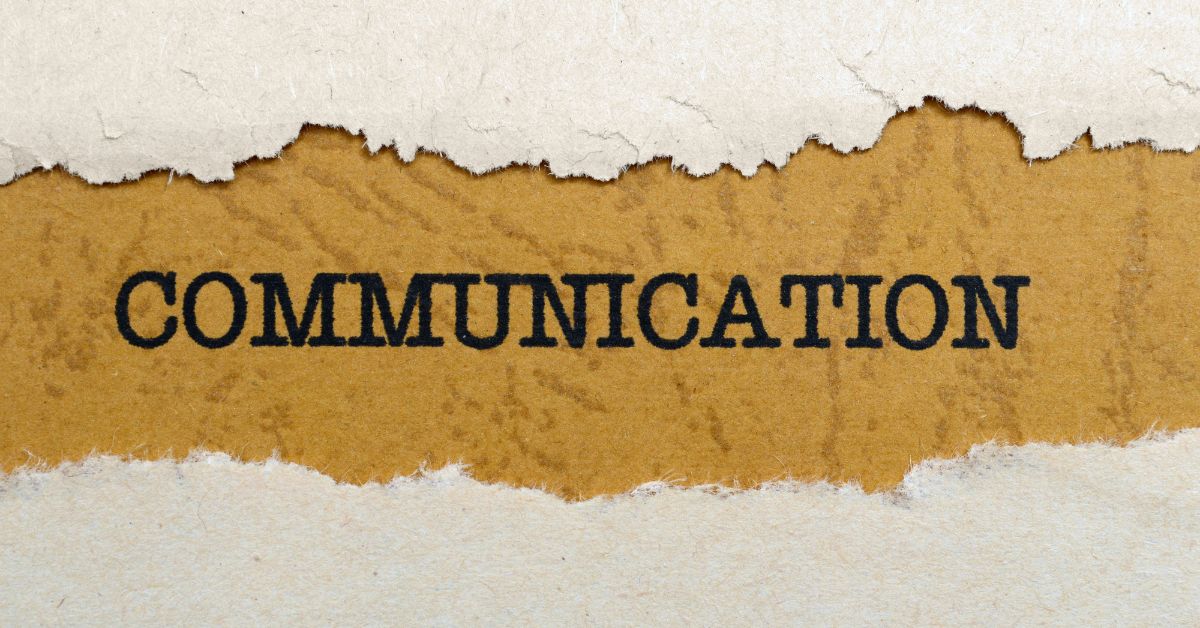Are you in a leadership role and looking for ways to get the most out of your team? Effective communication, clear expectations, and strong accountability are essential to running an efficient and productive workforce. If you struggle with motivating your employees or want to learn how to articulate yourself better as a leader, this blog post is the perfect resource! In just a few simple steps, we’ll show you how tapping into your inner leader can help boost productivity and morale in your organization. So let’s get started!
Defining Effective Leadership and the Benefits of Clear Effective Communication
When it comes to the topic of effective leadership, there are many aspects to consider. Effective leadership requires flexibility and the ability to adapt to changing circumstances, make quick decisions when necessary, and have a clear vision of success. It’s also essential for leaders to be able to motivate and inspire their team members to achieve their goals. Effective communication is critical for successful leadership as it allows leaders to convey their ideas and expectations clearly and concisely. This means that leaders must be good listeners and communicators; they must understand what their team needs to be successful and then relay this information effectively.
Expectations are another crucial component of effective leadership; leaders should ensure that everyone on the team understands the objectives, timelines, standards of performance, etc., that need to be met for the group or organization to reach its goals. Additionally, accountability is critical–leaders must ensure that all team members are held accountable for their actions and progress toward reaching objectives. This can include providing performance and progress feedback to keep everyone on track.
Effective leadership has many benefits; it can improve employee morale, increase productivity, foster creativity, create a sense of purpose among team members, and help build relationships with stakeholders such as customers or clients. Good leadership can positively impact an organization’s success and growth.
Understanding Your Team
As a manager or leader of a team, you must take the time to get to know your employees. Understanding who they are as individuals and their strengths and weaknesses is essential. Having a better idea of how each member works makes it much easier for you to assign tasks and delegate responsibilities effectively. You can ensure everyone is in the correct position so your team can reach its goals.
Getting to know your employees can also help build stronger relationships between you and them. Showing an interest in them as people will tell them that you care about them and value their contributions. Working with mutual respect creates an atmosphere of trust, productivity, and collaboration, which will benefit the entire team.
Getting to know your employees isn’t always easy, though, since not all of them may be open about sharing their personal information immediately. The best way to start is by getting to know them professionally by asking questions about their work experience, goals, skills, etc. It’s also essential that they feel comfortable talking with you, so creating an environment where they can freely express themselves is critical. After some time has passed, they may become more comfortable opening up more personally, allowing for deeper and more meaningful conversations between both parties.
Ultimately, taking the time to get to know your employees personally and professionally is essential for building solid teams that effectively reach their goals together as one unit. With strong relationships comes excellent motivation, which allows everyone involved to work toward success without feeling weighed down by any worries or conflicts within the team.
Setting Clear Expectations – Tips for Creating Goals That Everyone Can Understand and Follow
When setting expectations in the workplace, clear goals and objectives are paramount. Not only do they provide structure and direction, but they also help ensure that everyone is on the same page regarding what needs to be accomplished. But how do you set these expectations so everyone can understand and follow? Here are some tips for creating goals that everyone can understand and follow:

First, make sure your goals are measurable. Plans should be concrete with definitive results. For example, “improve customer satisfaction by 10%” instead of “increase customer satisfaction”. Measuring progress against a goal will help keep everyone on track toward achieving it.
Second, set realistic timelines for the completion of each goal. Establishing deadlines will help keep employees focused and motivated to reach their goals and provide an opportunity for feedback along the way. Additionally, timelines will help ensure that tasks don’t drag on or get forgotten.
Thirdly, ensure your goals are achievable within the given time frame and with the available resources. Setting overly ambitious goals may lead to frustration and failure if they cannot be met; instead, focus on attainable successes that will build momentum toward longer-term objectives.
Finally, communicate expectations clearly across all departments, so there is no confusion regarding who is responsible for which task or when they need to be completed by the deadline date. Regular meetings with team members should be scheduled so that any questions or concerns can be addressed immediately, ensuring successful goal completion on time every time.
By following these tips with clear communication expectations with measurable goals and achievable timelines, you can ensure everyone understands what needs to be done and has the necessary support to succeed!
Promoting Accountability
When it comes to promoting accountability in the workplace, there are a few key strategies that can help. First, it’s essential to ensure that employees understand what is expected of them and have the resources they need to do their jobs well. Secondly, setting clear consequences for poor performance can help to discourage slacking off or cutting corners. Finally, establishing a culture of responsibility within the organization can ensure that employees are held accountable for their actions.
One of the best ways to promote workplace accountability is to ensure that employees understand what is expected. This means communicating job duties and expectations and providing adequate training and resources. When employees know what is expected of them and have the tools they need to succeed, they are more likely to be accountable for their work.
Another critical strategy for promoting accountability is to set clear consequences for poor performance. If employees know there will be repercussions for not meeting expectations, they are more likely to take their jobs seriously and do their best work. Consequences can range from verbal warnings and written reprimands to more serious disciplinary action, such as suspension or termination.
Finally, establishing a culture of responsibility within the organization can help ensure that employees are held accountable for their actions. This means creating an environment where accountability is valued, and mistakes are seen as opportunities for learning and growth. When accountability is a core value of the organization, employees are more likely to take ownership of their work and be held accountable for their actions.
Conclusion – Summarizing the Benefits of Clear, Effective Communication
Implementing the right strategies can be a game-changer in increasing efficiency and effectiveness in an organization. Implementing these strategies in any organization has countless benefits, starting with improved communication and collaboration between employees. With better communication and cooperation, tasks can be completed more efficiently and effectively. This leads to greater productivity as well as improved customer satisfaction. Additionally, when teams work together more seamlessly, it allows for better problem-solving and decision-making within the organization, allowing for faster reactions to changing business needs.
Furthermore, properly utilizing these strategies in an organization allows for more support among teams. This means that tasks are shared more evenly among team members so that no one is overloaded with work or left feeling overwhelmed or unsupported. Having clear guidelines on how each task should be handled allows everyone to be held accountable for their roles, leading to fewer mistakes or oversights.
Finally, using the right strategies in your organization ensures that your resources are used most effectively. By providing all employees know what they need to do, where they need to be going, and who they need to contact when needed, you’re making sure nothing is wasted or overlooked – leading to greater efficiency throughout the entire company.
While there is no magic solution for becoming a better leader, these five tips will help you start on the path to success. Influential leaders are crucial for any organization – they set the tone and guide their employees to reach common goals. By understanding your team, setting clear expectations, and promoting accountability, you can create a positive work environment where everyone can thrive. Ready to learn more? Check out our blog for additional articles on leadership development.
Suggested reading: Setting Goals and Expectations to Develop Effective Teams

